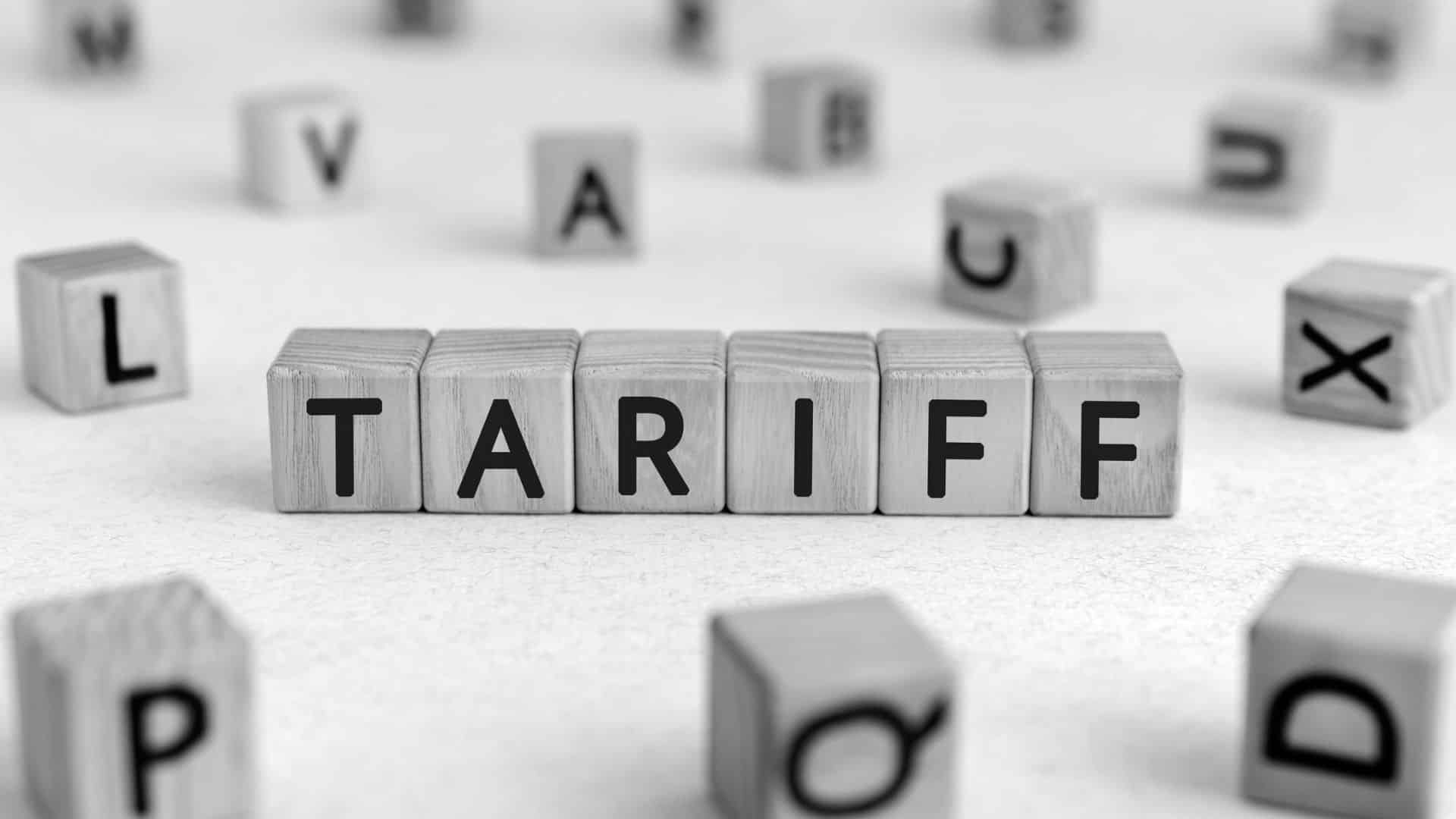If your business buys or sells anything across a border, you’ve felt the whiplash this year. Tariffs jump, headlines swirl, and your inbox fills with advice that sounds suspiciously like panic.
Unfortunately, panic is not a plan. So, let’s fix that.
It starts with understanding what’s happening right now and how you are likely to be impacted.
What’s Really Driving Today’s Tariff Changes
Behind every tariff is a specific legal authority. Understanding which one applies to your products is the difference between reacting blindly and responding strategically.
Here are the three that matter most right now:
- International Emergency Economic Powers Act (IEEPA)
IEEPA lets the president regulate certain economic transactions once a national emergency is declared. It’s the foundation of modern sanctions policy. If you see an “emergency order” in the news, you’re likely in IEEPA territory. Stick to the statute, not the rumor mill.
- Section 232 (National Security Tariffs)
Section 232 allows tariffs or quotas on imports that threaten national security. That’s how steel and aluminum tariffs began in 2018, followed by derivative products. If your supply chain includes steel, aluminum, or products made with them, assume Section 232 could apply.
- Section 301 (Unfair Trade Practices)
Section 301 lets the U.S. Trade Representative act against unfair foreign trade practices. It’s the legal backbone of many China-related tariffs, and recent court cases confirm that Section 301 remains fully in effect.
So, What Have the Courts Said Lately?
Well, tariffs aren’t disappearing… but the courts are shaping how they’re applied.
In September, the Federal Circuit upheld the government’s Section 301 process after years of challenges. Translation: the tariffs stay.
As for Section 232, the Supreme Court declined review in 2023, leaving the steel tariffs (and the government’s reasoning) intact. Expect 232 to keep influencing your cost of goods sold.
What Enforcement Looks Like on the Ground
CBP and DOJ are no longer treating tariff compliance as a back-office issue, but rather as a revenue opportunity.
CBP scrutiny is up. Form 28 (Request for Information) and Form 29 (Notice of Action) letters are moving fast. Both demand clean, organized responses.
Penalties have teeth. Under 19 U.S.C. §1592, false or incomplete data about classification, valuation, or origin can lead to heavy fines.
DOJ is watching. In May, DOJ’s Criminal Division made trade and customs fraud a national priority, using the False Claims Act to secure multimillion-dollar settlements.
Whistleblowers are rising. The Ninth Circuit recently widened the door for private FCA cases tied to duty evasion.
The Compliance Playbook That Protects Profit
You don’t beat tariffs with vibes – you beat them with process.
Here’s what that looks like for our clients:
Map the tariff authority. Identify whether each tariff arises under IEEPA, 232, or 301. It prevents wasted protests and missed exclusions.
Audit your HTS codes, valuation, and origin now. Use CBP’s Reasonable Care checklist and correct mistakes with Post Summary Corrections.
Leverage USMCA (and prove it). Preferential rates apply only when documentation meets all requirements.
Use prior disclosures wisely. If you uncover an error tied to §1592, a timely prior disclosure can significantly reduce penalties.
Respond like a pro. Keep a CBP response kit ready: bills of materials, producer affidavits, pricing files, broker instructions.
Model landed costs. Treat tariffs like fuel prices. Run scenarios so you can budget and price confidently.
Train your team. DOJ’s enforcement wave touches purchasing, finance, and logistics. Everyone needs to know what’s at stake.
Red Flags That Trigger Audits
If you see these, call your attorney before CBP does:
- HTS code changes that drastically reduce duties without real sourcing or design changes
- Paper-based “country of origin” flips not supported by manufacturing evidence
- Declared values that don’t match commercial reality or related-party pricing
Quick Answers to Common Questions
Q: Does USMCA shield me from Section 232 or 301 tariffs?
A: Not automatically. USMCA governs preferential origin treatment; Section 232 and 301 measures can still apply unless explicitly excluded.
Q: Is Section 301 going away soon?
A: No. The Federal Circuit affirmed its continuation. Expect adjustments, not elimination.
Q: What’s the fastest way to fix a mistake?
A: If you can correct it in ACE, file a Post Summary Correction. If it implicates §1592, make a prior disclosure, then reinforce your process to prevent a repeat.
Turning Compliance Into a Competitive Edge
No one is a fan of tariff uncertainty. That’s why we created a system that helps employers and business owners protect profits and peace of mind.
Our 90-day import compliance sprint:
- Audits your classifications
- Validates USMCA eligibility
- Cleans up broker instructions
- Trains your team, and
- Creates a response plan for CBP inquiries.
Because the last thing you want is for the next headline to become an emergency for you.
If your company imports, exports, or manufactures, now is the time to treat trade compliance as part of your growth strategy instead of just a crisis response.
Get in touch so we can help.

